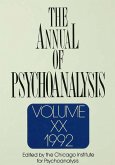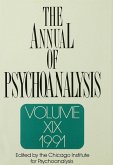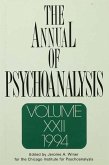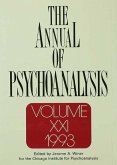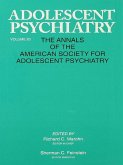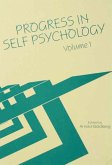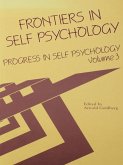Section II, on "Clinical Studies," opens with Henry Smith's fascinating elaboration of Freud's notion of "screen memories" into a theory of screening that denotes the general process by which mental content is organized. He illustrates his thesis by invoking the "screen language" employed by a patient throughout her analysis. Ernest Wolf next explores the tension between being a "scientist" and a "healer" in Freud and his followers to illuminate struggles within the psychoanalytic movement and to help account for current attitudes toward abstinence, neutrality, and gratification. Kenneth Newman focuses on this same triptych of technical precepts. He argues, in the spirit of Winnicott and Kohut, that analysts can only alter the hostile internal environments of their patients by becoming "usable" objects and cultivating an optimally responsive analytic environment.
A particularly rich collection of applied analytic studies forms Section III of the volume. Individual chapters focus on the childhood of Vincent van Gogh (W. W. Meissner); the psychological healing process depicted in George Eliot's Silas Marner (Richard Almond); the self-psychological meaning of "blood brotherhood" in D. H. Lawrence's Women in Love (James Cowan); ecstatic mysticism in the 19th-century Indian saint Sri Ramakrishna (Sudhir Kakar); the disintegration of the Tyrone family in Eugene O'Neill's Long Day's Journey into Night (Frank and Annette Lachmann); and the nature and analytic significance of Freud's aesthetic response to Michelangelo's Moses (Gary Goldsmith). Finally, in Section IV, George Brook examines the commonsense psychological knowledge of everyday life, that is, the nonpsychoanalytic knowledge on which much of clinical psychoanalysis ultimately depends.
Taken together, the four sections of Volume 20 of The Annual offer an exciting overview of contemporary psychoanalysis. Section I highlights recent trends in psychoanalytic theorizing and the testing of psychoanalytic propositions; Section II explores the relevance of new theoretical perspectives to clinical work; Section III demonstrates the applicability of these new perspectives to psychobiographical and literary analysis; and Section IV provocatively explores the points of connection between everyday ideas and attitudes and the tenets of psychoanalytic practice.
Dieser Download kann aus rechtlichen Gründen nur mit Rechnungsadresse in A, B, BG, CY, CZ, D, DK, EW, E, FIN, F, GR, HR, H, IRL, I, LT, L, LR, M, NL, PL, P, R, S, SLO, SK ausgeliefert werden.



